The Nevs Emily GT, a 621-mile electric saloon developed by former Saab engineers in Sweden, could enter production within the next few years.
The project was rescued from a financially enforced 'hibernation' last December by Canadian start-up EV Electra, and its CEO has now claimed to have bought a factory in Italy.
CEO Jihad Mohammad posted on LinkedIn: "Yes, we did make an offer to buy an automotive factory in Italy and finally it was approved yesterday (not the Maserati factory), and in this new venue we will build electric cars that will make everyone shocked.
"We have more than [a] few models now, after multiple acquisitions that happened in [the] last two months, and one more is happening this week that will allow us to be on top of our game.
"I promised my team not to give more details, since our investors need to know before everyone else. Then an official press release will clear all the questions."
It is still uncertain whether these 'shocking' EV Electra production cars will be Emily GTs – of which EV Electra has previewed four variants (a saloon, shooting brake, coupé and cabriolet) – or its own models.
In a separate post today featuring a rendering of the Nostrum supercar (previously known as the Quds), Mohammad wrote: "Next week, we start choosing our dealers that we will work with everywhere so we can announce them in May, and they will start having show cars in June. Delivery to customers as promised will start in August 2024 for 2025 models."
It appears that Mohammad's previously stated desire to produce cars at Saab's old home in Trollhättan will not happen, having failed to agree a deal with the factory's new owner, Swedish investment company Stenhaga Invest.
At one point, the EV Electra CEO had even suggested that a new factory could be built alongside the old one.
He has also hinted on LinkedIn that EV Electra is investigating business of some kind in China.
The Nevs acquisition
Following the 2023 buyout, Nevs CEO Nina Selander hailed EV Electra’s acquisition of the Emily GT – as well as the Nevs Pons autonomous pod – as a “realisation of shared dreams” and a “profound moment”.
The two companies' joint statement added that EV Electra would soon begin assembling its first cars at a factory in Turkey.
EV Electra founder and CEO Jihad Mohammad said at the time: “We will have cars coming out of Trollhättan again.
"We did this acquisition fully aware that we will need to back it all the way through development to mass production.
"I'm a firm believer in in-house production and strong balance sheets. I also believe Trollhättan has the personnel that can make our visions come true.
"The acquisition of the Pons and Emily projects signifies a pivotal milestone in our pursuit of innovation and sustainability. We're thrilled to embark on this journey."
What is the Nevs Emily GT?
![]()
The Nevs Emily GT is a four-door, five-seat electric car rivalling the Mercedes-Benz EQS and Tesla Model S.
It is claimed to be capable of driving more than 1000km (621 miles) between charges, thanks to a huge, 175kWh battery.
Battery capacities of 140kWh and 105kWh were also in the original plans, as was 11kW wireless charging via a pad connected to a fixed hub.
The Emily prototypes used a 52kWh battery from the Nevs 9-3, an electric conversion of the Saab of the same name.
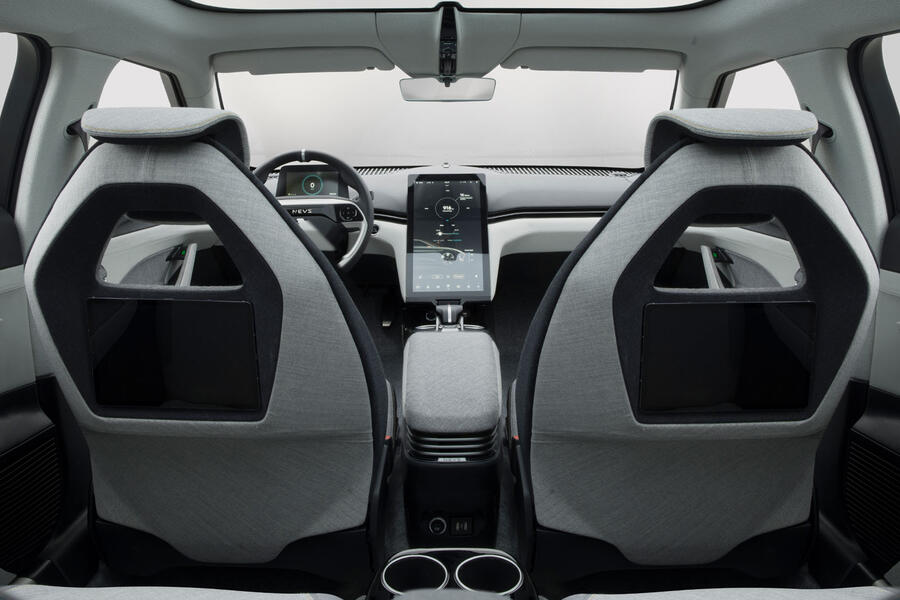
In-wheel motors making 121bhp are mounted at each corner, giving the Emily GT 484bhp in total.
Each motor sandwiches a drive unit between the alloy wheel and the aluminium brake disc, reportedly giving finer control of torque vectoring.
Such was the extent of the vectoring that the car can turn without using the steering wheel.
An air suspension system with active dampers was used to counteract the negative effect on ride quality caused by the increase in unsprung weight from the in-wheel motors.
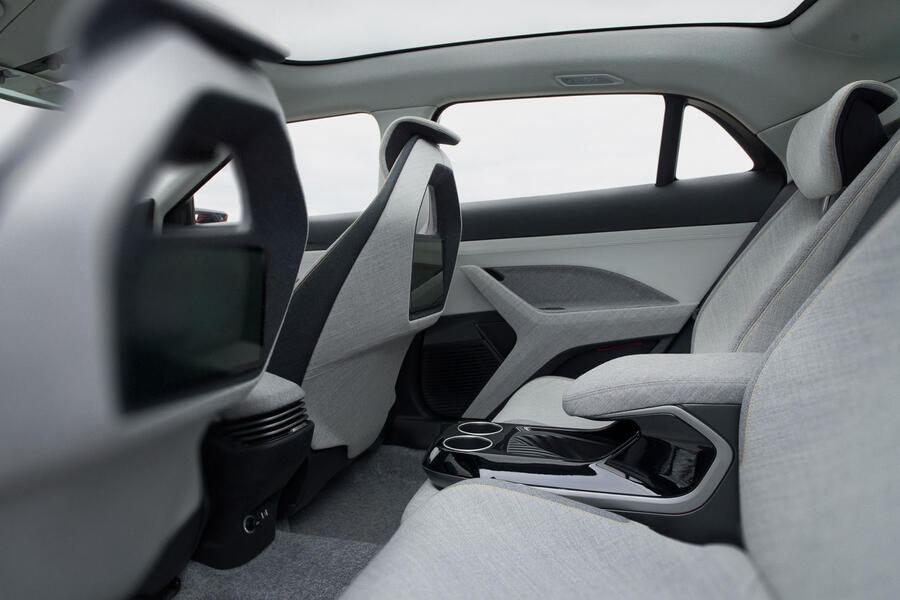
A high-performance variant of the Emily GT was also in the works, with planned outputs of 653bhp and 1623lb ft. This would have cut its 0-62mph sprint from 4.6sec to 3.2sec.
It has yet to be announced whether EV Electra will change these specifications.
The striking styling – which bears a strong resemblance to the final Saab 9-3 and Saab 9-5 – is reported to have been penned by an unnamed Italian and refined by former Saab designers.
Nevs' owner, the Evergrande Group, originally signed off a run of 20 prototypes. However, Evergrande – which made its fortune as one of China’s most prolific property developers – hit financial problems in 2020, and only six were built.

In April, Emily programme director and former Saab engineer Peter Dahl told Swedish publication Carup: “Everything is in place to take it further into production. The prototypes are completely drivable, except that the airbag and auto-braking systems are missing.”
Dahl said the project was about a year and a half away from completion.
Evergrande put Nevs into "hibernation" in April, having failed to secure a buyer. Of the Swedish firm’s 340 employees, 320 were laid off.
That month, Polestar signed a lease for part of Nevs’s Trollhättan factory. The Volvo spin-off will use the facility as an R&D base for its future EVs.


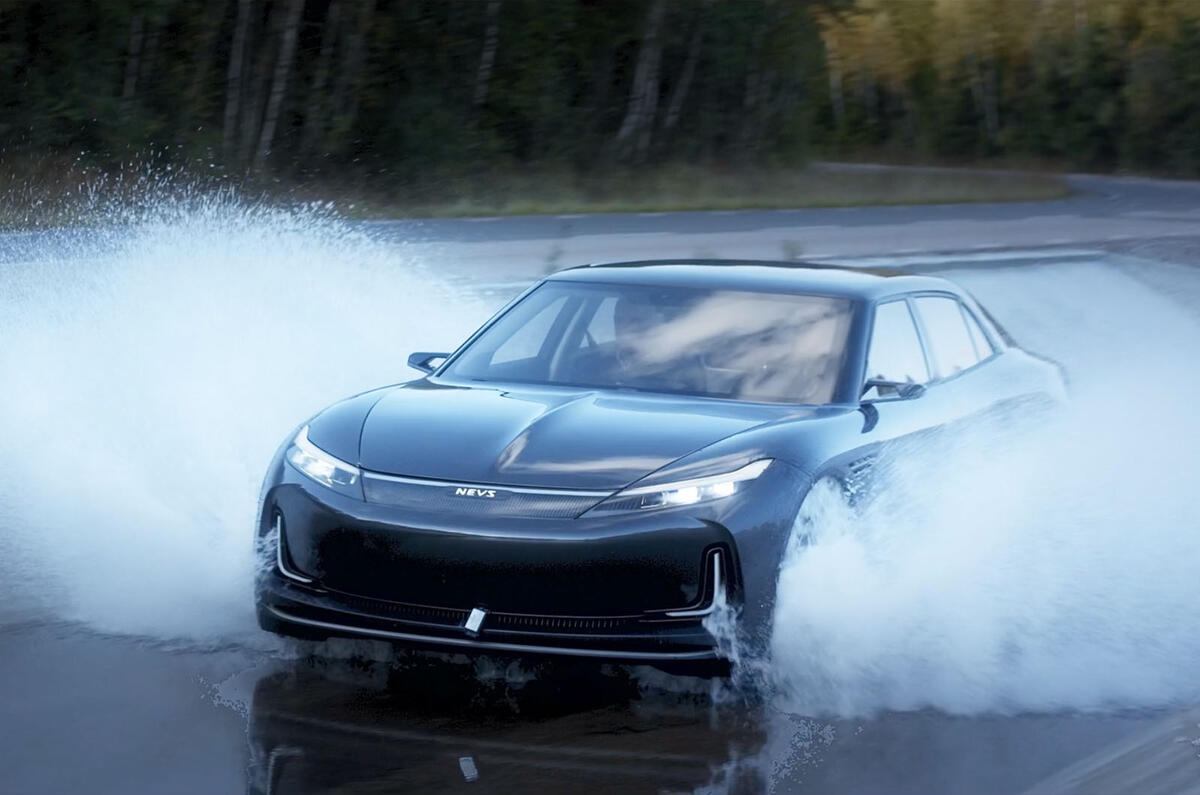
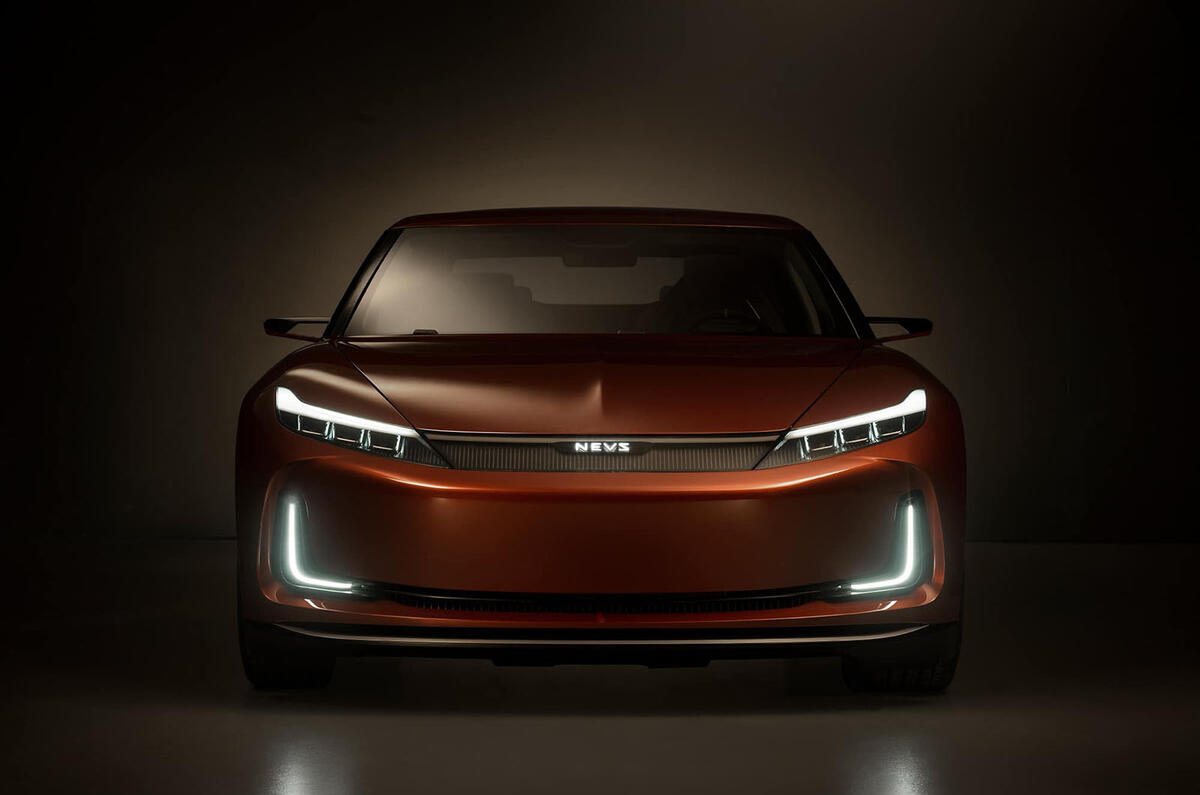
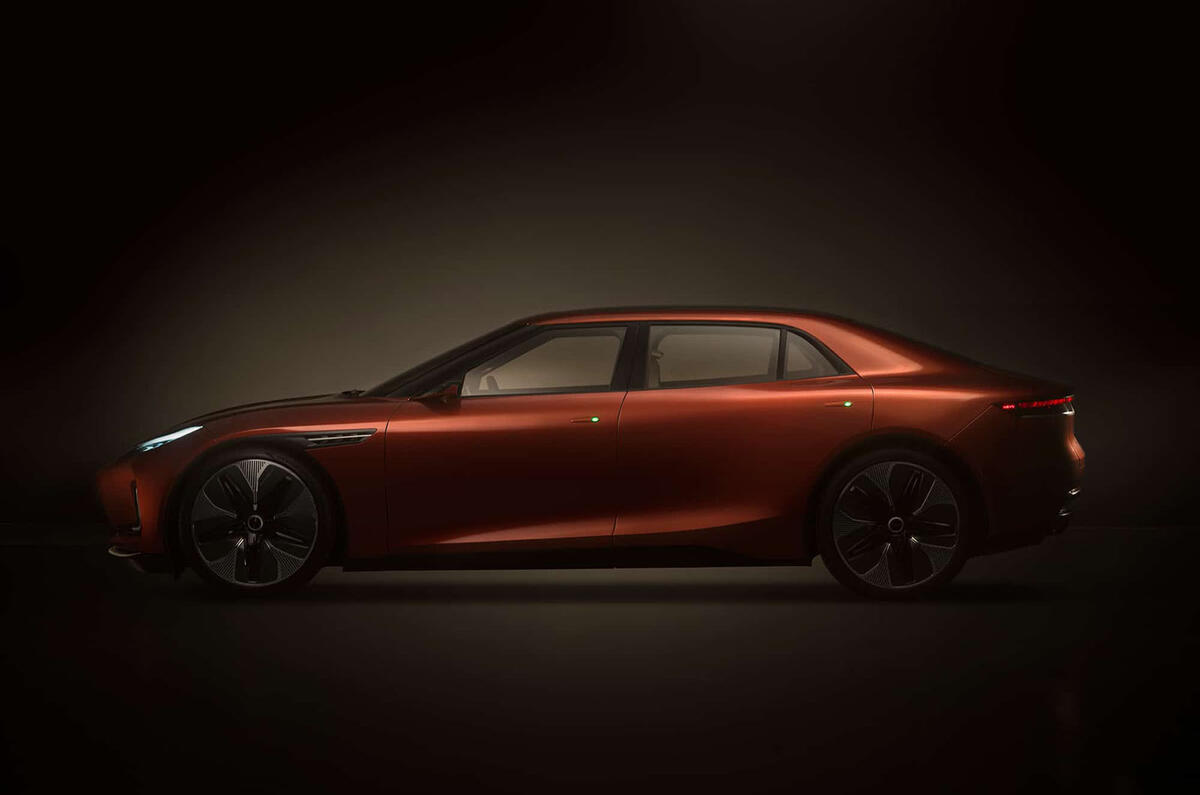
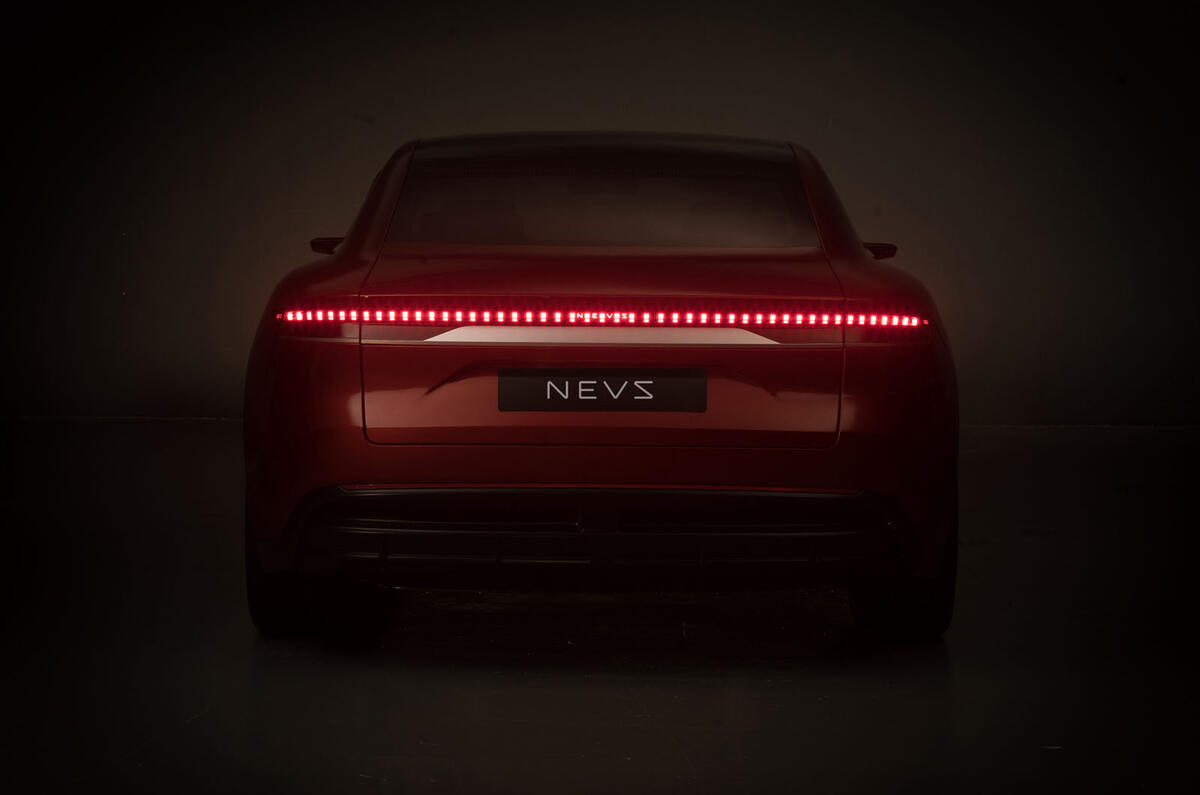
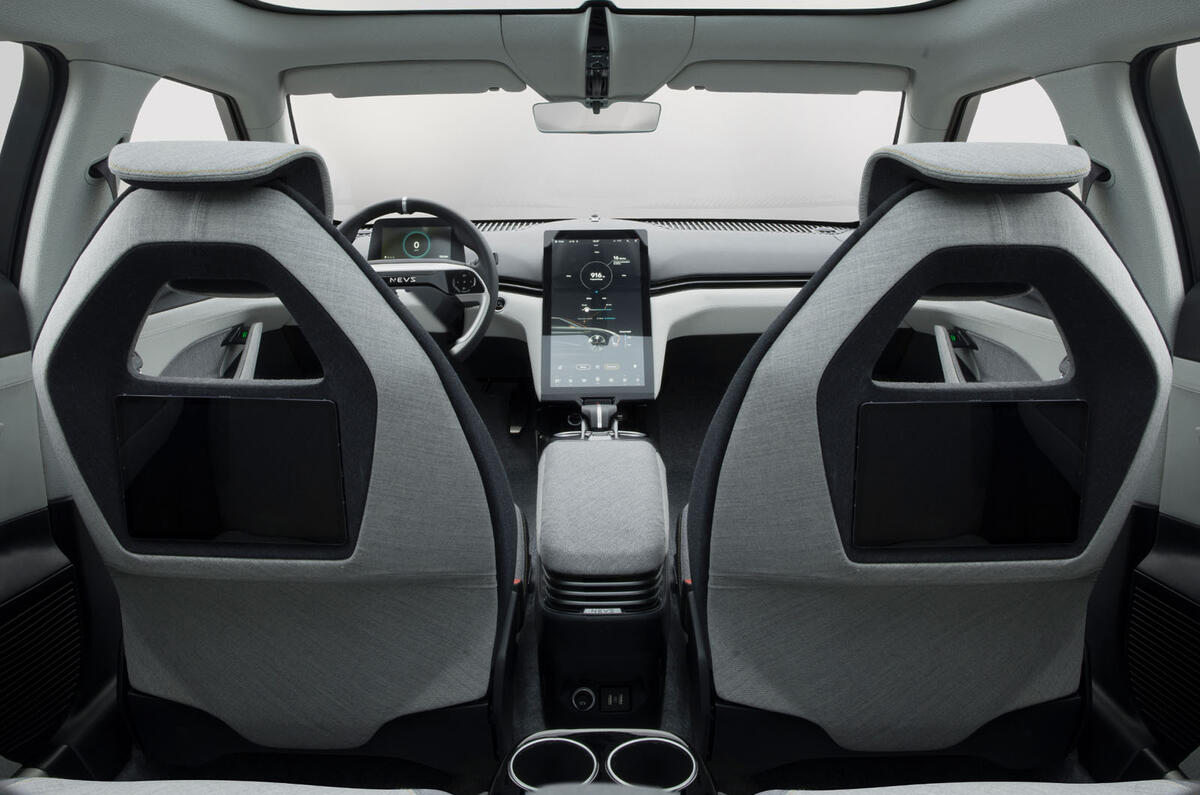
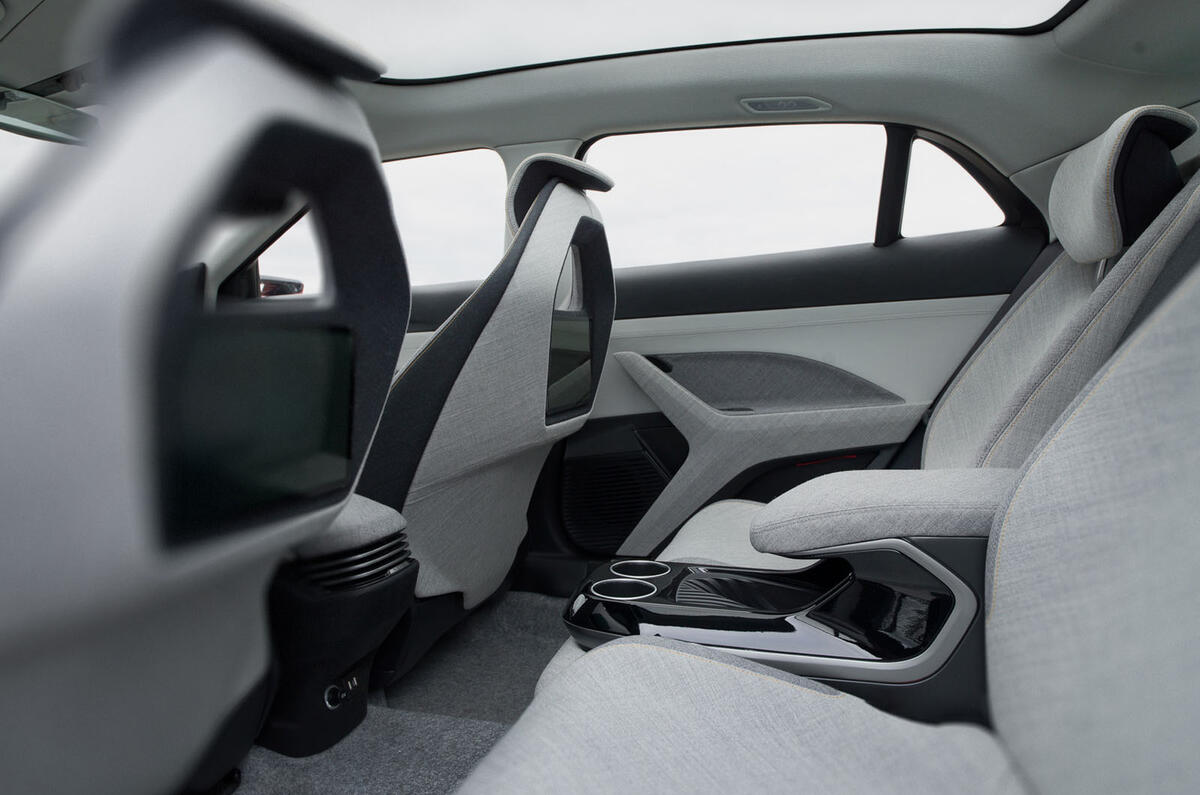
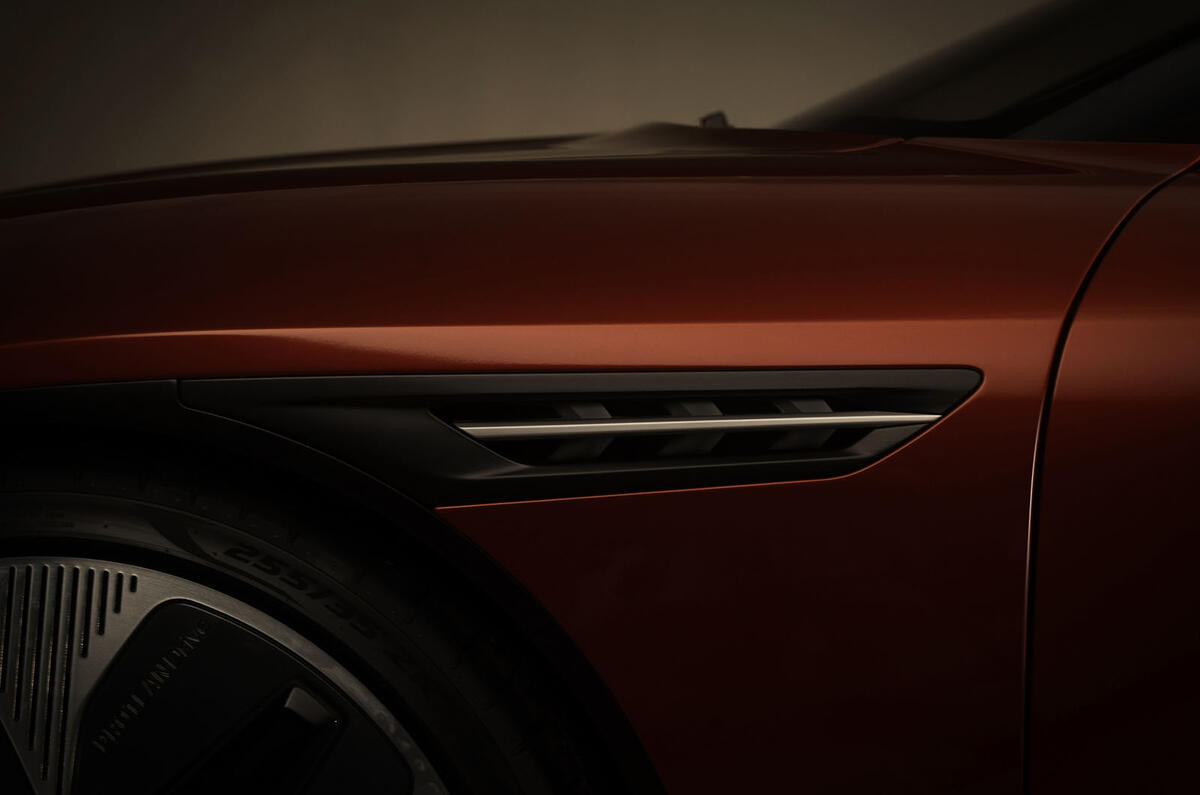
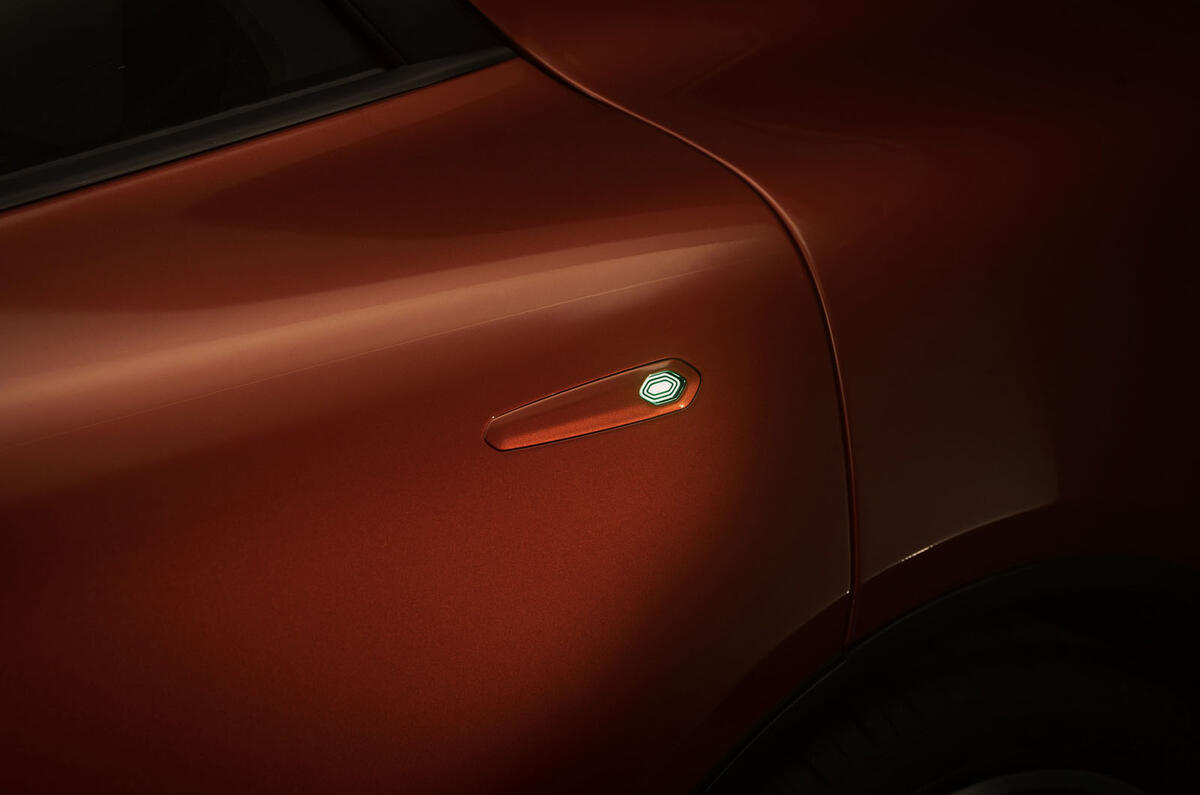
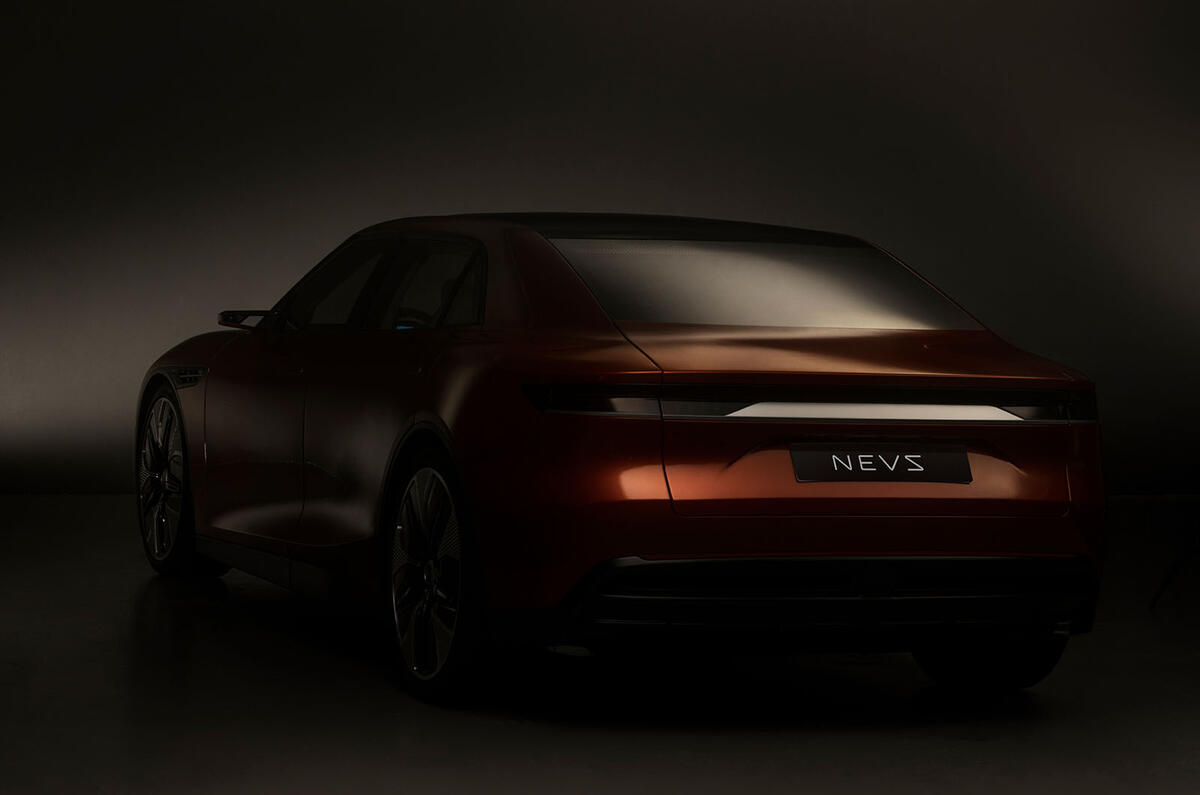

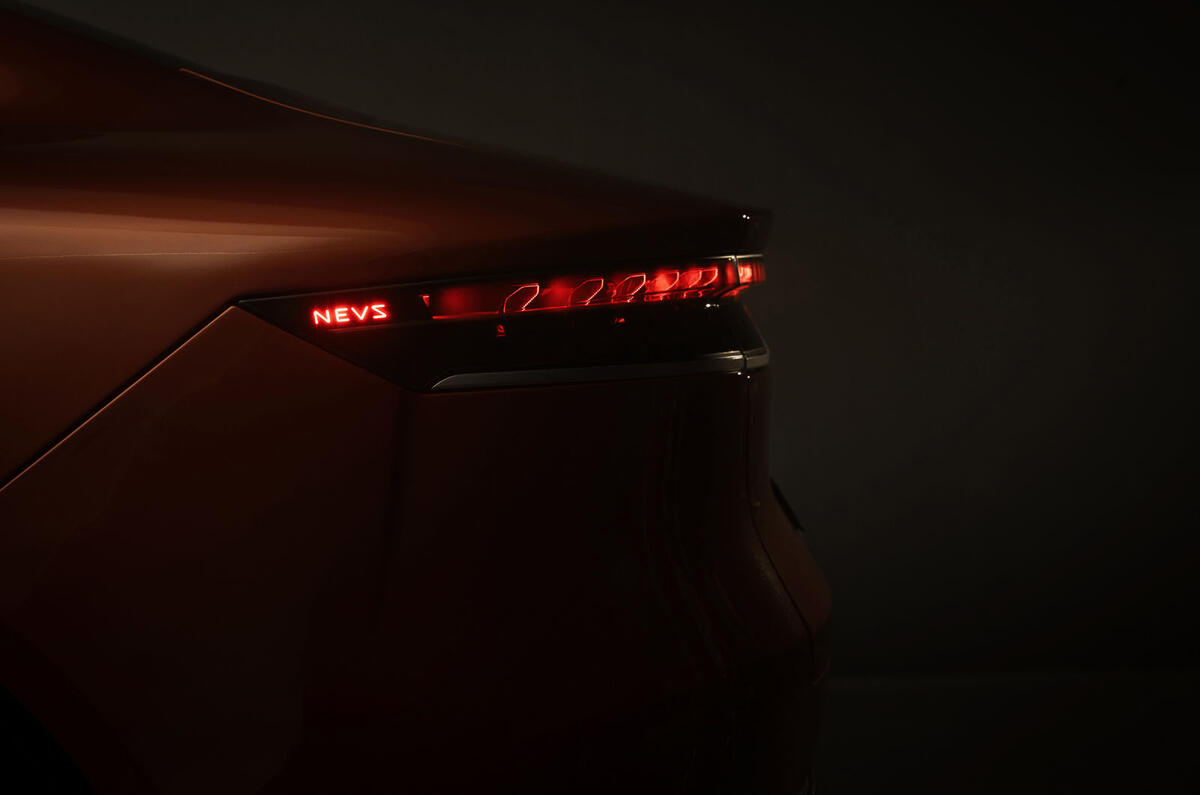
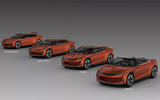

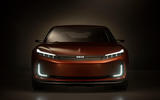
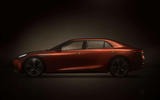














Join the debate
Add your comment
" in this new venue we will build electric cars that will make everyone shocked." Perhaps not the best endorsement.
"in this new venue we will build electric cars that will make everyone shocked." Maybe not the greatest endorsement.
Maybe putting a 15yo design into production in a few years sounds like an excellent idea.
It isn't 15 years old.
Thereabouts.